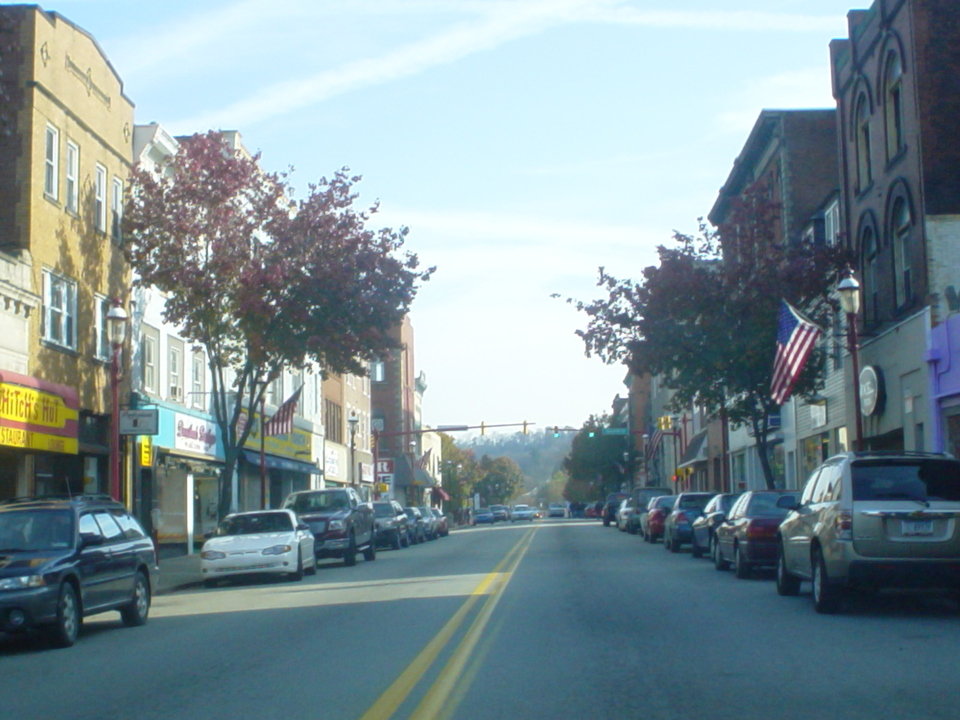
From Wikipedia [in ‘Franciacorta’]:
“The territory of Franciacorta is a section of the Province of Brescia in the Italian Region of Lombardy. Franciacorta extends north from the plain of the river Po to the shores of Lake Iseo, and from the river Oglio on the western border to the town of Cellatica in the east. The geography of rolling hills was shaped by glacial action. The soil, glacial moraines consisting of gravel and sand over limestone, drains well, and is ideal for the cultivation of grapes and winemaking. The weather is mild and constant due to its location south of the foothills of the Alps and the tempering presence of large lakes. To publicize wine tourism the district established a Strada del Vino Franciacorta on the model of the famed German Wine Route (Weinstraße) in 2001.
“The area has been inhabited since Paleolithic times, with archaeological records left by Gauls— the Cenomani of Brixia (modern Brescia), Romans and Lombards. The name Franciacorta, attested in 1277, is thought to derive from curtes francae, the fortified courts of the Frankish empire established in the 8th century.
“There is a Cluniac foundation, the Abbazia di San Nicola, at Rodengo, which has been inhabited by Olivetan monks since 1446. Other places of interest include Passirano, with an interesting castle, and Provaglio d'Iseo, with a Romanesque church.
“Lombardia wine is the Italian wine produced in the Lombardy region of north central Italy. The region is known particularly for its sparkling wines made in the Franciacorta and Oltrepò Pavese.”
************************************************************
To be more geographically specific, the Franciacorta area is just south of the pre-Alps of the Valle Camonica. It’s amazing of just how famous this tiny area is, of course mainly for it’s wine. It would not be much trouble to find a Franciacorta brand at your local wine establishments. You could check at Beverages and More, in the Italy section under Lombardy. Sometimes you see labels under Cellatica as well.
This webpage stated “The name Franciacorta, attested in 1277, is thought to derive from curtes francae, the fortified courts of the Frankish empire established in the 8th century.” There seem to be many legends on just how this interestingly-named region got it’s name. I have heard that in Italian, Franciacorta means “small France,” which is also a likely possibility. I have also read that Franciacorta means “Free Court", a zone of free market in the Middle Ages.
************************************************************
From Wikipedia [in ‘Lombardia (wine)’]:
“Lombardia wine is the Italian wine produced in the Lombardy region of north central Italy. The region is known particularly for its sparkling wines made in the Franciacorta and Oltrepò Pavese.”
************************************************************
There are other more famous wine regions, like Tuscany and Piemonte. Lombardia is mostly known for it’s manufacturing. However, it does rank up there.
************************************************************
According to Wikipedia [in ‘Lombardia (wine)’ – History]:
“The winemaking tradition of Lombardy dates back to its settlement by Greek colonist(s?) from Athens along the Po river. Archaeological evidence suggest that these settlers traded wine with the Etruscans in nearby Tuscany.”
************************************************************
This must have been a small settlement, as I have not heard anything even remotely about Greeks settling in Lombardia. I do know that the Greeks were all over, but in Italy it was almost exclusively in the south. Etruscan settlement, at it’s peak, was right up to southern Lombardia.
************************************************************
Also according to Wikipedia [in ‘Lombardia (wine)’ – Franciacorta]:
“The Franciacorta wine zone is responsible for some of Italy's most prestigious sparkling wines. Located along the shores of Lake Iseo, vineyards are planted in well drained morainic soils. The area has a long history of producing still red and white wines but has gained most of its success in the last 40 years since it started producing sparkling wines. In 1995 the region received DOCG and created a separate DOC, known as Terre di Franciacorta for its non-sparkling wines.
“The sparkling wines of this area are composed primarily of the Chardonnay and Pinot Bianco grape with a maximum 15% of Pinot Nero allowed. The area has a Crémant style wine, known under the trademarked name Satèn, that has less carbon dioxide as the standard sparkling wine but is more "bubbly" than a frizzante. This wine is not allowed to have any Pinot Nero in the blend. The rosé sparklers are required to have a minimum 15% Pinot Nero. The vintage dated wines are required to have a minimum 85% of grapes from that year's vintage and must be aged for at least 30 months prior to release. Non-vintage wines must be aged for at least 18 months. The Franciacorta sparklers are often a little sweeter than Champagne with the brut style having up to 20 grams per liter of sugar while brut Champagne can have no more than 15 grams.
“While sparkling wine production accounts for more than half of the Franciacorta area's production, many producers have begun focusing on make red Bordeaux-style blends and Burgundian style Chardonnays aged in oak. Despite the frequent use of Pinot Nero in the sparkling wines, a still Burgundian red Pinot is not permitted under the Terre di Franciacorta DOC.”
*************************************************************
Links:
Franciacorta [Wikipedia]
Lombardia (wine) [Wikipedia]
MyFranciacorta.com [events in Franciacorta; in English]


